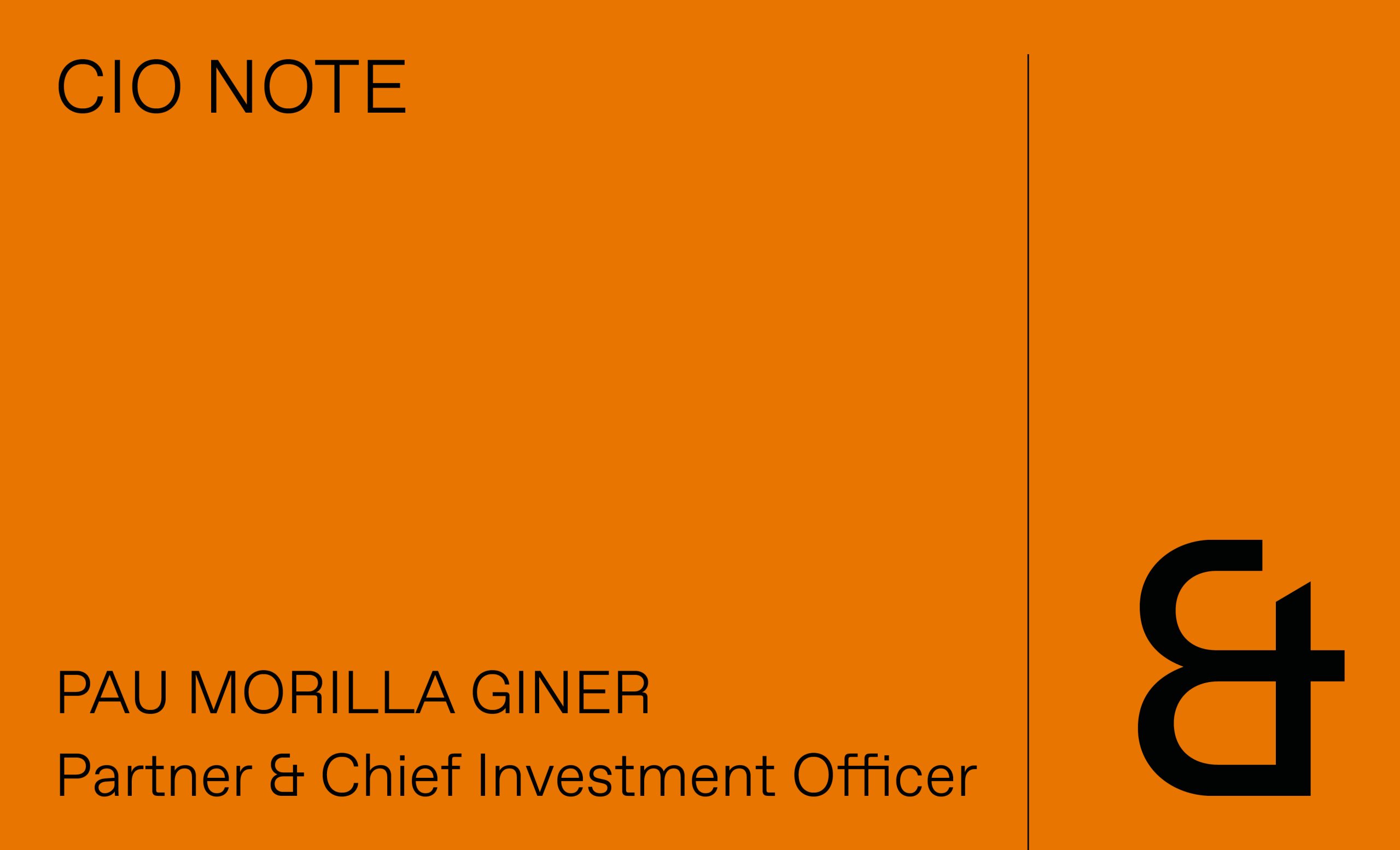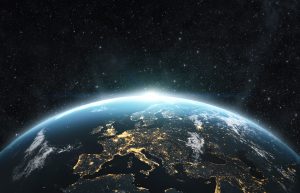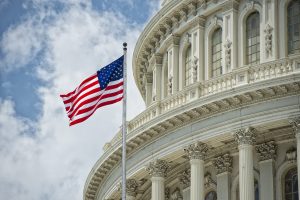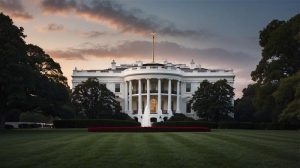“The big money is not in the buying or in the selling, but in the waiting”
Charlie Munger
In the early months of the novel COVID-19 pandemic and the related shutdown of the economy, the pace of economic and health developments was frenetic. Nowadays the slower pace of developments allows for more rumination, and this note reflects some thoughts about our present circumstances.
A BIT OF A RECAP OF WHERE WE WERE AND WHERE WE ARE
In the absence of a vaccine, the only way to deal with the outbreak was to shut down economies via lockdowns, in order to minimise interpersonal contact. This caused millions of people to file for unemployment benefits and Q2 GDP to shrink dramatically (in US alone, GDP fell by an annualised 33%, 3x the greatest quarterly decline in 70 years).
The economy required life-support, and the Central Banks/Governments supplied it: payments to individuals and households; grants to distressed industries; guarantees for money market funds and commercial paper….
When the number of new cases, hospitalisations and deaths declined, it was time to resuscitate. Economies began to reopen in May, helped by ultra-low interest rates and Central Banks’
provision of liquidity.
Initially, the response was positive, retail sales jumped and unemployment moved down from the peak.
The trickier issue was where the world economy would end up once the initial rebound was complete. Would the recovery totally wipe out the loss? If not, how long would it take to eliminate the remaining shortfall? Looking at past recessions was not particularly helpful, as this downturn had nothing to do with “normal” cyclical fluctuations.
We are now starting to get some answers to these questions. Activity in most economies is patchier than it was before the pandemic, in part a reflection of how consumers are choosing to spend their money. In aggregate, this has left a significant shortfall in demand.
Read the whole Note from the CIO 8th September commentary here.
At London & Capital, we understand that protecting and growing your wealth involves thoughtful planning and maintaining an up-to-date picture of your finances. Managing your wealth during all economic conditions is key to a healthy financial future for both you and your family.
Whether you have a question or would like to start a conversation about your wealth management requirements, we would be happy to speak with you. Get in touch with London & Capital via our contact form or give us a call on +44 (0) 207 396 3388. To receive more related content subscribe here.




